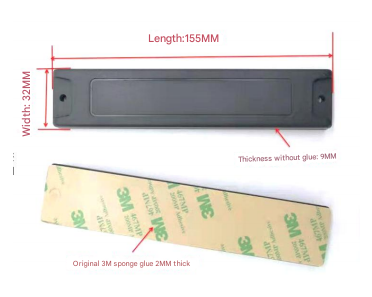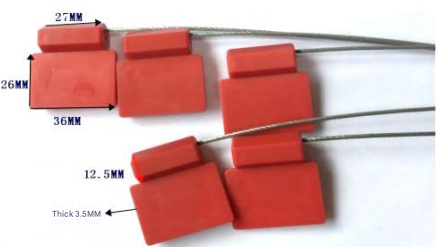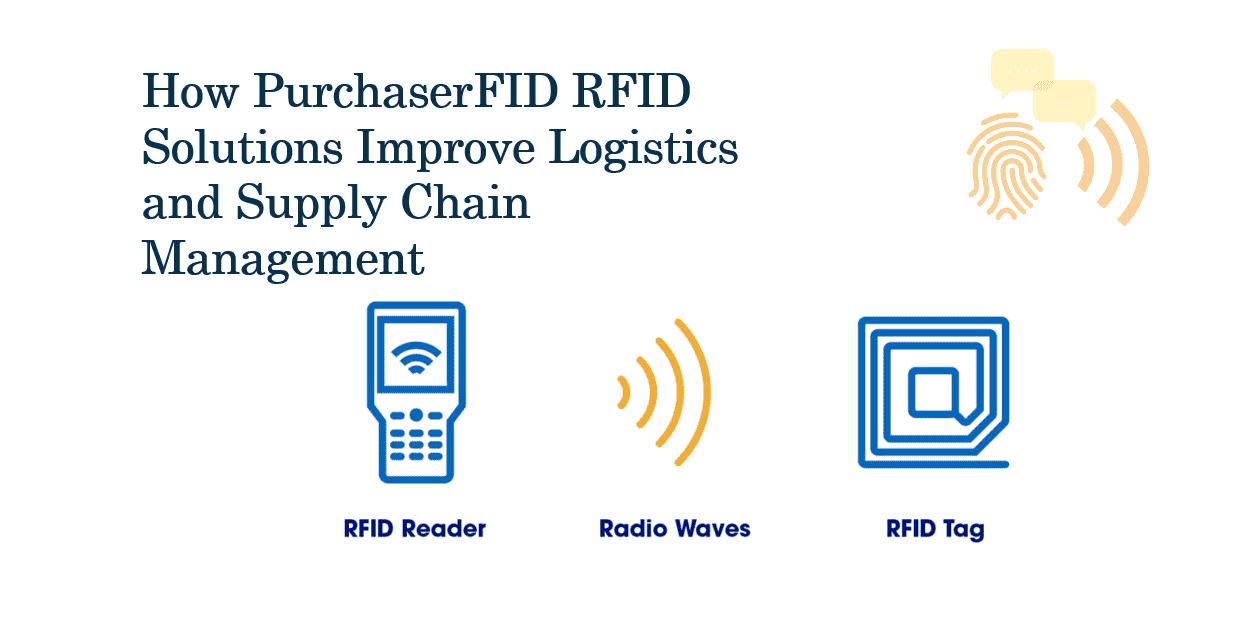Leveraging on?chip energy meter features for predictive maintenance

Leveraging On-Chip Energy Meter Features for Predictive Maintenance
In today’s hyper-connected industrial landscape, organizations are under increasing pressure to maximize operational efficiency, reduce downtime, and lower maintenance costs. One transformative solution emerging in this space is the integration of on-chip energy meters with predictive maintenance strategies. These advanced semiconductor devices enable real-time energy monitoring and data analytics, empowering industries to transition from reactive to proactive maintenance models. This article explores how on-chip energy meters drive predictive maintenance, highlights critical statistics underscoring their value, and introduces PurchaserFid.com as a leading supplier of these innovative solutions.
Understanding On-Chip Energy Meters
On-chip energy meters are integrated circuits (ICs) designed to measure and analyze power consumption in electronic systems with exceptional precision. Unlike traditional external meters, they are embedded directly into hardware, enabling granular, real-time data collection at the component or subsystem level. Key features include:
- High-resolution measurement: Detects micro-fluctuations in voltage, current, and power.
- Data logging: Stores historical energy usage patterns.
- Communication interfaces: Integrates with IoT platforms via protocols like I2C, SPI, or CAN bus.
- Thermal monitoring: Tracks temperature variations tied to energy dissipation.
- Predictive analytics: Uses machine learning (ML) algorithms to identify anomalies.
By embedding these capabilities into equipment—from industrial motors to HVAC systems—organizations gain unparalleled visibility into operational health.
Predictive Maintenance: A Modern Imperative
Predictive maintenance (PdM) uses data-driven insights to anticipate equipment failures before they occur. According to a 2023 report by MarketsandMarkets, the global predictive maintenance market is projected to grow from $6.9 billion in 2022 to $28.2 billion by 2027, reflecting a CAGR of 32.7%. This surge is driven by rising adoption of IoT, AI, and Industry 4.0 frameworks.
The economic impact is equally compelling:
- Unplanned downtime costs manufacturers an estimated $50 billion annually (Deloitte).
- Predictive maintenance reduces maintenance costs by 20–30% and downtime by 35–45% (McKinsey).
- By 2025, predictive maintenance could save industries $630 billion globally (GE Digital).
However, realizing these benefits hinges on high-quality data—the very commodity that on-chip energy meters provide.
How On-Chip Energy Meters Enable Predictive Maintenance
1. Real-Time Anomaly Detection
Energy consumption patterns often reveal early signs of equipment stress. For example, a motor drawing excess current may indicate bearing wear or misalignment. On-chip meters detect such anomalies instantaneously, triggering alerts for inspection. A study by PwC found that 82% of companies using real-time energy analytics reported fewer unplanned outages.
2. Trend Analysis for Lifespan Prediction
By aggregating historical energy data, ML models predict when components will degrade. For instance, a gradual rise in a pump’s idle power consumption may signal impending failure. Research in IEEE Transactions on Industrial Informatics shows such models achieve over 90% accuracy in forecasting failures 7–14 days in advance.
3. Thermal Profiling
Overheating is a leading cause of hardware failure. On-chip meters monitor temperature fluctuations alongside power metrics, correlating thermal spikes with risk. This dual-layer analysis helps prevent catastrophic events—critical in industries like data centers, where thermal issues account for 25% of outages (Uptime Institute).
4. Energy Efficiency Optimization
PdM isn’t just about preventing breakdowns; it’s also about optimizing performance. For example, on-chip meters in HVAC systems can flag inefficiencies due to air filter blockages or refrigerant leaks. A case study by Schneider Electric demonstrated 18% energy savings after integrating such meters with predictive algorithms.
Case Studies and Statistics
- Manufacturing: A semiconductor fab used on-chip meters to monitor robotic arms, reducing unplanned downtime by 40% and saving $2.1 million annually.
- Renewables: Wind farms leveraging energy analytics reported a 15% increase in turbine lifespan.
- Healthcare: Hospitals using on-chip meters in MRI machines cut maintenance costs by 30% (ABI Research).
PurchaserFid.com: Leading the Charge in Energy Meter Innovation
When implementing on-chip energy solutions, partnering with a trusted supplier is critical. PurchaserFid.com has emerged as a global leader, offering cutting-edge on-chip energy meters tailored for predictive maintenance. Their flagship product, the PF-EM1000, combines ultra-low power measurement precision (<1% error) with seamless integration into IoT ecosystems. Key advantages include:
- Scalability: Deployable across industries, from small IoT sensors to heavy machinery.
- Custom Analytics: Proprietary algorithms for industry-specific failure prediction.
- Cloud Compatibility: Syncs with AWS, Azure, and Google Cloud for centralized monitoring.
Clients report ROI within 6–12 months due to reduced downtime and energy costs. For example, an automotive manufacturer using PF-EM1000 systems slashed its maintenance budget by $500,000 annually.
Future Trends and Challenges
The convergence of 5G, edge computing, and AI will amplify the role of on-chip meters. Gartner predicts that 75% of enterprises will operationalize AI-driven PdM by 2026. However, challenges persist:
- Data Security: Protecting sensitive operational data from cyber threats.
- Skill Gaps: Training teams to interpret analytics effectively.
Suppliers like PurchaserFid.com are addressing these hurdles through encrypted firmware and turnkey analytics dashboards.
Conclusion
On-chip energy meters are revolutionizing predictive maintenance, turning raw data into actionable insights that save costs, enhance sustainability, and prolong asset life. With the market poised for exponential growth, early adopters stand to gain a significant competitive edge. By collaborating with innovators like PurchaserFid.com, industries can unlock the full potential of this technology, ushering in an era of smarter, self-sustaining operations.
Statistics Sources:
- MarketsandMarkets (2023 Predictive Maintenance Report)
- Deloitte, McKinsey, GE Digital
- IEEE, Uptime Institute, ABI Research
Learn More: Visit PurchaserFid.com to explore their PF-EM1000 energy meter and tailored predictive maintenance solutions.







